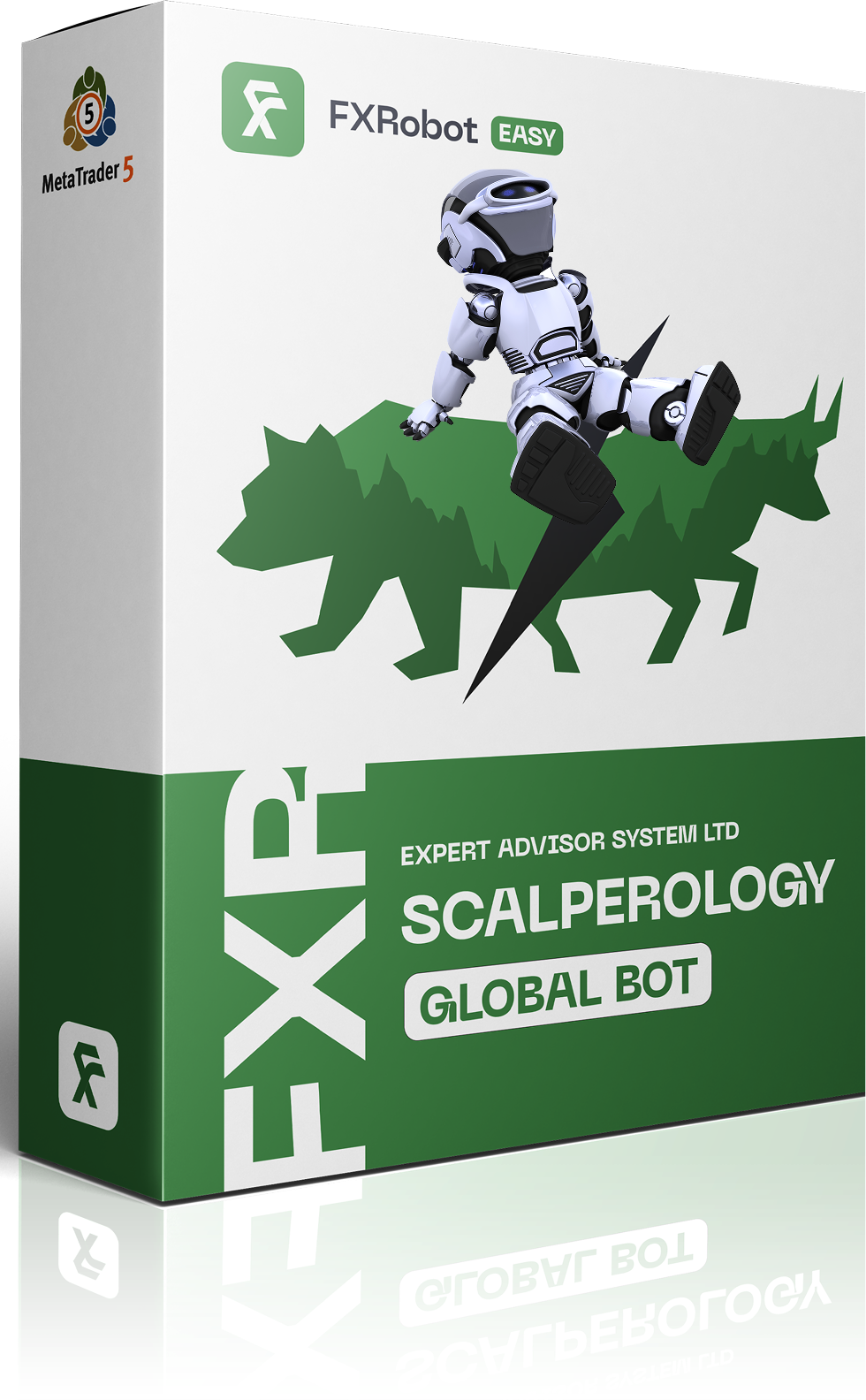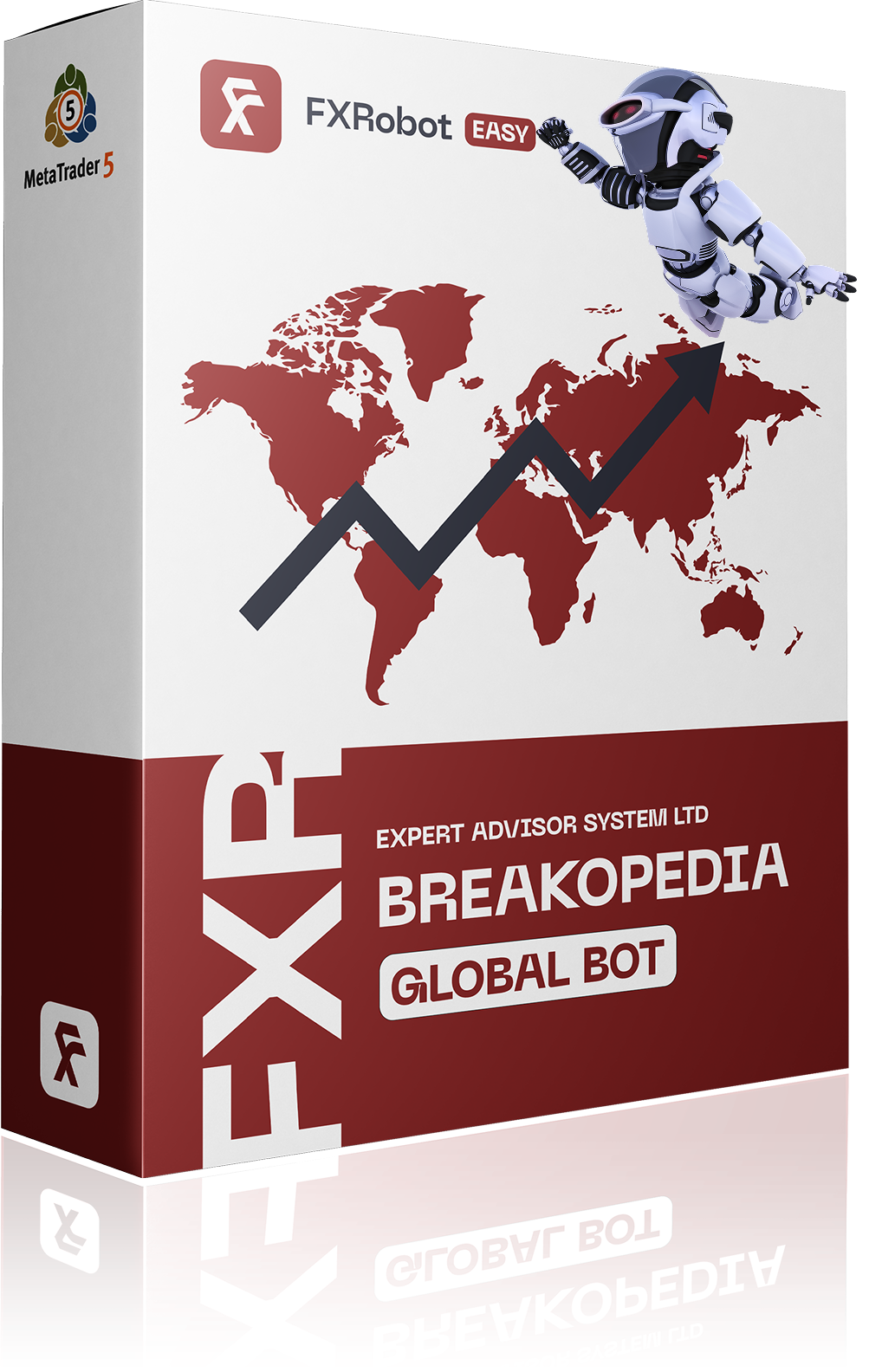At this time, purchasing EASY Bot items is not available to all members. Read more - how to get access to purchase
Trading Strategies Comparison
Find the Right Edition That Fits You



Scalperology Ai MT5



























 Try it Free🍀
Try it Free🍀
Global
Pairs:

 AUD/JPY
AUD/JPY
AUD/JPY
AUD/USD
EUR/AUD
EUR/GBP
EUR/JPY
EUR/NZD
EUR/USD
GBP/USD
NZD/USD
USD/CAD
USD/CHF
USD/JPY
30-Day Profit:
0%
7-Day Profit:
0%
Support:
24х7 via Telegram

Breakopedia Ai MT5

































 Test it Free🚀
Test it Free🚀
Global
Pairs:

 AUD/JPY
AUD/JPY
AUD/JPY
AUD/USD
EUR/AUD
EUR/GBP
EUR/JPY
EUR/NZD
EUR/USD
GBP/USD
NZD/USD
USD/CAD
USD/CHF
USD/JPY

XAU/USD

XAG/USD

XBT/USD
30-Day Profit:
0%
7-Day Profit:
0%
Support:
Developer
Understanding Trading Strategies
- Trading strategies are structured approaches that traders use to decide when to buy or sell financial instruments in the Forex market. 🎯
- Strategies can be broadly categorized into two types: discretionary and mechanical. Discretionary strategies rely on traders’ intuition and experience, while mechanical strategies use predefined rules and indicators.
- Each strategy aims for specific outcomes based on market conditions, risk tolerance, and trading styles.
Comparison of Popular Strategies
- Moving Average Strategy: This strategy utilizes the crossover of moving averages to signal buy or sell opportunities. For instance, a trader might buy when a short-term MA crosses above a long-term MA.
- Bollinger Bands Breakout: This strategy focuses on price movements after breaking through the upper or lower Bollinger Bands. This signifies a potential shift in market momentum.
- Price Action Strategy: Traders observe historical price movements without reliance on indicators. Candlestick patterns and levels of support and resistance are crucial here.
- Indicators Integration: Systems like Zenith combine multiple strategies and indicators to enhance decision-making. This allows traders to select strategies that align with current market conditions.
Automated vs. Manual Trading Strategies
- Automated Trading: Tools such as EASY Trendopedia and EASY Scalperology automate trading decisions based on algorithms. These systems can execute trades faster and reduce emotional decision-making.
- Manual Trading: Involves human judgment and discretion. Traders analyze markets and adjust strategies. This approach allows for flexibility but requires more time and experience.
- Automated systems can process vast amounts of data, making them suitable for strategies that depend on multiple indicators and parameters.
Trade Management Techniques
- Position Sizing: Proper position sizing helps manage risk. Many successful strategies incorporate this practice to control potential losses.
- Stop-Loss and Take-Profit: Setting these parameters is vital. They help traders lock in profits and minimize losses effectively.
- Trailing Stops: Adjusting stops as the market moves can protect profits in volatile conditions. Some automated systems utilize trailing stops to manage ongoing trades dynamically.
User Experience and Feedback
- Feedback from traders showcases the effectiveness of various strategies. Users often highlight strategies that integrate multiple indicators as more reliable. 😊
- Common praises for automated systems include ease of use and time-saving capabilities, allowing traders to focus on strategy refinement rather than constant market monitoring.
- However, some users caution against over-reliance on automated trading, emphasizing the importance of understanding market movements and not ignoring signals from human analysis.
Choosing the Right Strategy
- When selecting a trading strategy, consider your risk tolerance, trading style, and market conditions.
- Backtesting is crucial. Use demo accounts to test strategies without financial risk. This helps refine your approach before committing real capital.
- Continuous learning and adaptation are necessary as market conditions change. Traders should revisit their strategies regularly to assess their effectiveness.